The pandemic has been relegated to history, with a few notable exceptions around the world. However, its effects are still being felt in several ways, including rapid swings in demand, labour shortages, political shifts and inflation that is putting a strain on almost every component of the supply chain, driving businesses to increase prices regardless of the possibility of losing customer base.
Now that a new year has arrived, despite these ongoing disturbances, supply assurance has become the top of mind at the board level of all organizations. For the coming years, 81% of executives agree that procurement operations must be reimagined. Thus, procurement leaders are now looking at scaling up to new technologies throughout the function to enable a seamless digital experience to all stakeholders while addressing risks and continuing to generate value.
As per reports, The global procurement software market which was valued at USD 7058.52 million in 2021 is predicted to reach USD 14977.19 million by 2029. It is expected that by the end of 2023, the market could even exceed the predictions with a greater need to manage supply chain risks, optimization of cash flow and ensure sustainable value.
Table of Contents
ToggleSo, what’s next? What procurement trends will shape global businesses in 2023 and beyond?
According to experts, the Future trends in Procurement are expected to be influenced by the growth in complexity and risks. Here are our predictions for the top procurement trends for 2023:
1. Developing Resilient Supply Chains

To recover from the impact of the pandemic, many procurement teams are working towards rebuilding their supply chains to be more robust, collaborative and accessible. A report from Capgemini states that 57% of organisations are increasing their investments in enhancing supply chain resilience. Some of the procurement resilience strategies include:
- Diversification of supply chains by collaborating with local suppliers, developing new delivery strategies, and sourcing from multiple vendors.
- Keeping the stock available for ‘just-in-case’ scenarios, also known as stockpiling.
- Minimizing dependency on high-risk areas or offshore alternatives for purchasing supplies.
- Focusing on Supplier Relationship Management strategies.
2. Advanced Analytics
Businesses have used spreadsheets to track essential supply chain management data for many years. But. regarding the intricate and data-rich supply chains of today, these solutions are utterly ineffective.
Advanced analytics offers procurement with data-driven knowledge and ability to make decisions in analysing the supply chains comprehensively, highlighting its strengths, flaws, bottlenecks, and stress areas that have a significant business impact. According to the key findings of a Gartner survey report, 96% of respondents use predictive analytics and 85% use prescriptive analytics within advanced supply chain organisations. Thus, now it’s high time for enterprises who haven’t yet realised its benefit to act and prepare for the future when big data and sourcing analytics will dominate the digital world.
3. Block Chain
Blockchain also known as Distributed Ledger Technology (DLT) is a framework that stores transactional data in the form of blocks and shares it through a network connected through peer-to-peer nodes. For procurement, such systems promise to increase supply chain transparency and secure sensitive records, thereby minimizing interruptions and providing a definitive service to the customer.
Blockchain is expected to provide $3.1 trillion in new company value by 2030, according to Gartner, but because the technology won’t be ready for widespread use through 2023, businesses should start exploring it right away as it is definitely is going to be a major advancement for procurement in its way ahead.
4. Sustainability – The Greener Side
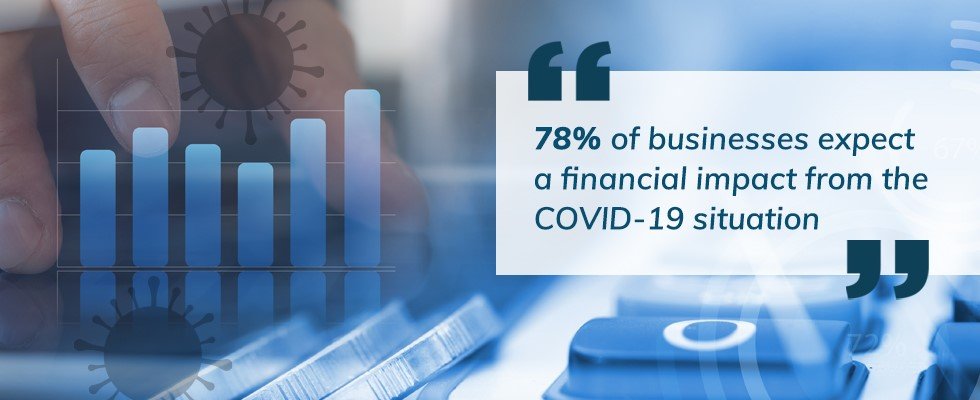
‘Sustainability’ which was formerly viewed as a ‘good-to-have’ approach has now become a ‘must-have’ for every business. Worldwide governments today are coming forward with the mandatory due diligence laws and the adoption of EU-CSR policies that promote environmental and human rights due diligence to ensure sustainable value chains and prevent and mitigate future crises.
According to a research by Accenture, more than 50% of company leaders today rank sustainability as one of their top three procurement priorities. Since 78% of businesses expect a financial impact from the COVID-19 situation, this fast turn toward sustainable solutions is justified. This will entail adopting measures that minimize the environmental impact caused by adopting ethical business activities, identifying sustainable suppliers and embracing circular supply chains methodology.
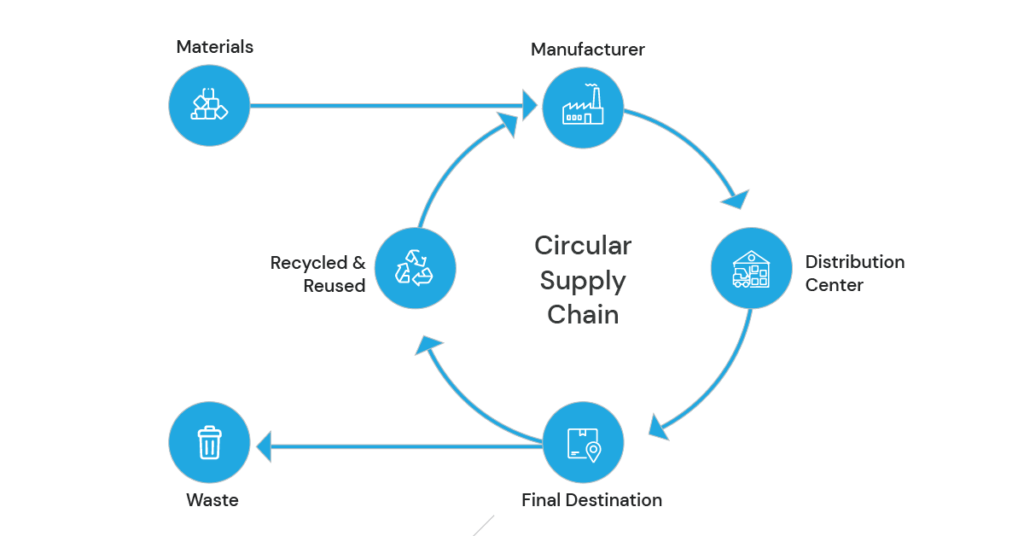
5. Cloud Solutions
Cloud technology, which is often a pay-as-you-go service, assists businesses in lowering expenses and scaling operations according to the organizations’ changing requirements. By making use of a variety of subscription-based models (Software as a service (SaaS), Platform as a service (PaaS), and Infrastructure as a Service (IaaS)), organizations can enhance business operations and gain several benefits such as:
- Best-fit solutions for the users
- Real-time data sharing
- Achieve cost savings by paying for only required features
- No custom coding is required
- Flexibility to work
6. Artificial Intelligence (AI)

Today, Artificial Intelligence is playing a significant role in improving and revolutionizing organizations all over the world. Also, according to statistics, the global AI market is expected to reach $190.61 billion by 2025. AI software promises to automate and expedite tedious processes while also providing insights based on substantial and complicated data sets. In procurement, AI is mainly being deployed for various applications related to Contract Management, Spend Analytics, and supplier data management.

7. Advanced procurement KPIs with larger and long-term goals
Many of the procurement KPIs are regulated internally by the organization. However, as procurement is becoming a more significant force in the organization, the KPIs must be aligned with larger business objectives. The trends reveal that procurement leaders will work in contributing not only to the development of the department but will make a greater strategic contribution to meeting the top-line organizational goals and growth agendas as well. Hence, the KPIs for procurement should be in alignment with the larger goals of the organization – cost reduction, risk reduction, revenue enhancement, sustainability, local economic development, etc.
8. IoT (Internet of Things)
In 2023, IoT applications will become more prominent for procurement processes. According to a recent Gartner survey, 47% of organisations plan to expand their investment in the Internet of Things (IoT).
With IoT, businesses can gain more clarity in terms of expenses to customer product demands. Real-time data may be used to track every step of the supply chain, which can help effective decision making. In terms of logistics, it may also assist to boost efficiency and save costs by identifying equipment defects, leaks, and other issues more quickly.
9. Strategic Category Management

A category management approach enables procurement teams to align seamlessly with the goals and objectives of the larger business. Historically, category management has been based around annual cycles with a focus on managing spend. As procurement teams transition to a strategic business partner role, contributing to business growth strategies, strategic category management becomes imperative to deliver against the targets and business goals. Ensuring stakeholder collaboration and availability of right category information (such as market intelligence, spend data by category) at hand are the key enablers for a successful category management program.
9. Strategic Category Management
A category management approach enables procurement teams to align seamlessly with the goals and objectives of the larger business. Historically, category management has been based around annual cycles with a focus on managing spend. As procurement teams transition to a strategic business partner role, contributing to business growth strategies, strategic category management becomes imperative to deliver against the targets and business goals. Ensuring stakeholder collaboration and availability of right category information (such as market intelligence, spend data by category) at hand are the key enablers for a successful category management program.
10. Mobile Technology

The broad usage of mobile technologies is another future trend in procurement. Around 42% of companies are investing in mobile technology to assist procurement operations. Besides liberating stakeholders from conventional time-and-space constraints, widespread use of mobile applications for source-to-pay (S2P) processes makes it more convenient and efficient, be it generating and processing orders, managing contracts, approvals, making payments, or supply chain management.
11. Indirect Procurement – Facilitation Management
Following a more permanent move to remote working, indirect procurement will continue to develop enormously in 2023. Because a sizable number of the workforce is still committed to working from home, indirect procurement specialists will be tasked with facilitating this shift.
12. Support to SMEs and Minority – owned Businesses
The importance of supporting SMEs and minority-owned business suppliers has been highlighted in procurement often in the recent past. Procurement teams will make extra efforts to help these suppliers in 2023, whether by re-analysing contract conditions, providing accelerated payments, organizing supplier programs, performing risk evaluations, or building business continuity schemes.
13. Support to SMEs and Minority – owned Businesses
As the world’s supply chains become largely digital, so does their vulnerability to cyberattacks. Supply chain partners may unintentionally expose one another and their clients to privacy violations, data thefts, and worse because of information exchange. Thus, procurement trends this year will urge businesses to invest in redundancies, firewalls, and advanced anti-hacking technologies in order to safeguard systems, networks, people and programmes.
Conclusion – The Future Trends in Procurement
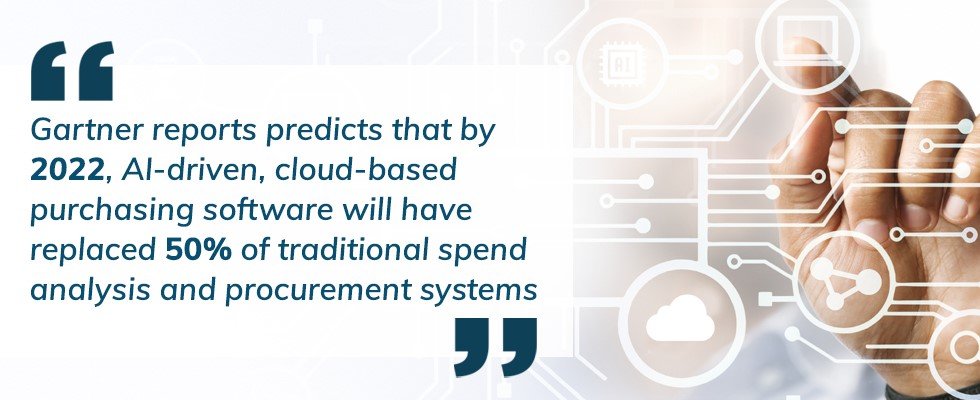
Almost every discussion on the future of procurement revolves around technology. Technology was the second most cited priority of all supply chain respondents in Gartner’s 2021 CEO and Senior Business Executive Survey — a 26% bump from just one year ago. From automating strategic sourcing to procurement and analytics, organizations are adopting the finest tools to fulfil their requirements. According to the ‘2021 Key Issues report by the Hackett Group’, 74% of organizations report having a current initiative underway to enhance and further develop data, insight, and analytics capabilities.
Also, according to Gartner predicts 2023: the top 5 factors for the companies to invest in emerging technologies over the next five years include, support new business models (36%), improve resiliency (35%), enhance decision-making (35%), drive efficiency improvements (31%) and address labour constraints (26%). Although predicting the future is a risky endeavour, but it’s better to be prepared rather than be taken off guard as the year 2023 progresses. So, start working on your procurement plans for the year by building a comprehensive digital roadmap to strengthen your procurement strategies!
In case you need any assistance in choosing your procurement solution, feel free to contact us. Leave a comment here if you think we missed out on any Future trends in procurement! We’d love to hear your thoughts!

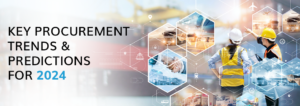
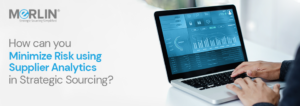




4 comments
Need latest procurement Digital Trends 2023
Hi Vivek, As requested, Please find the updated Procurement Digital Trends for 2023 here – https://merlinsourcing.com/blog/key-procurement-trends-for-2023/
Your article is very valuable for me. Hoping to read more. Thank you.
Thanks for your comment. We are glad that you find this article valuable! Keep reading!